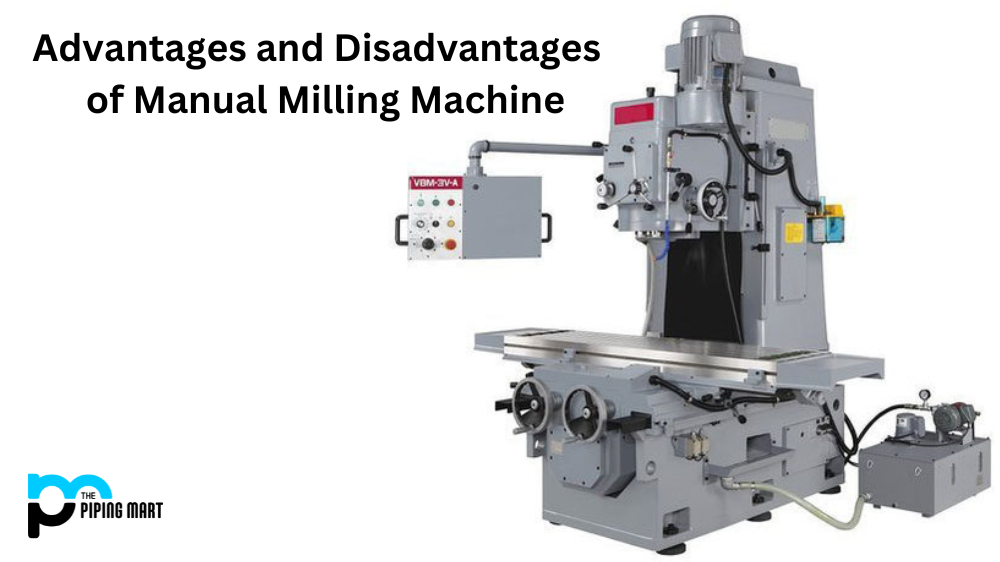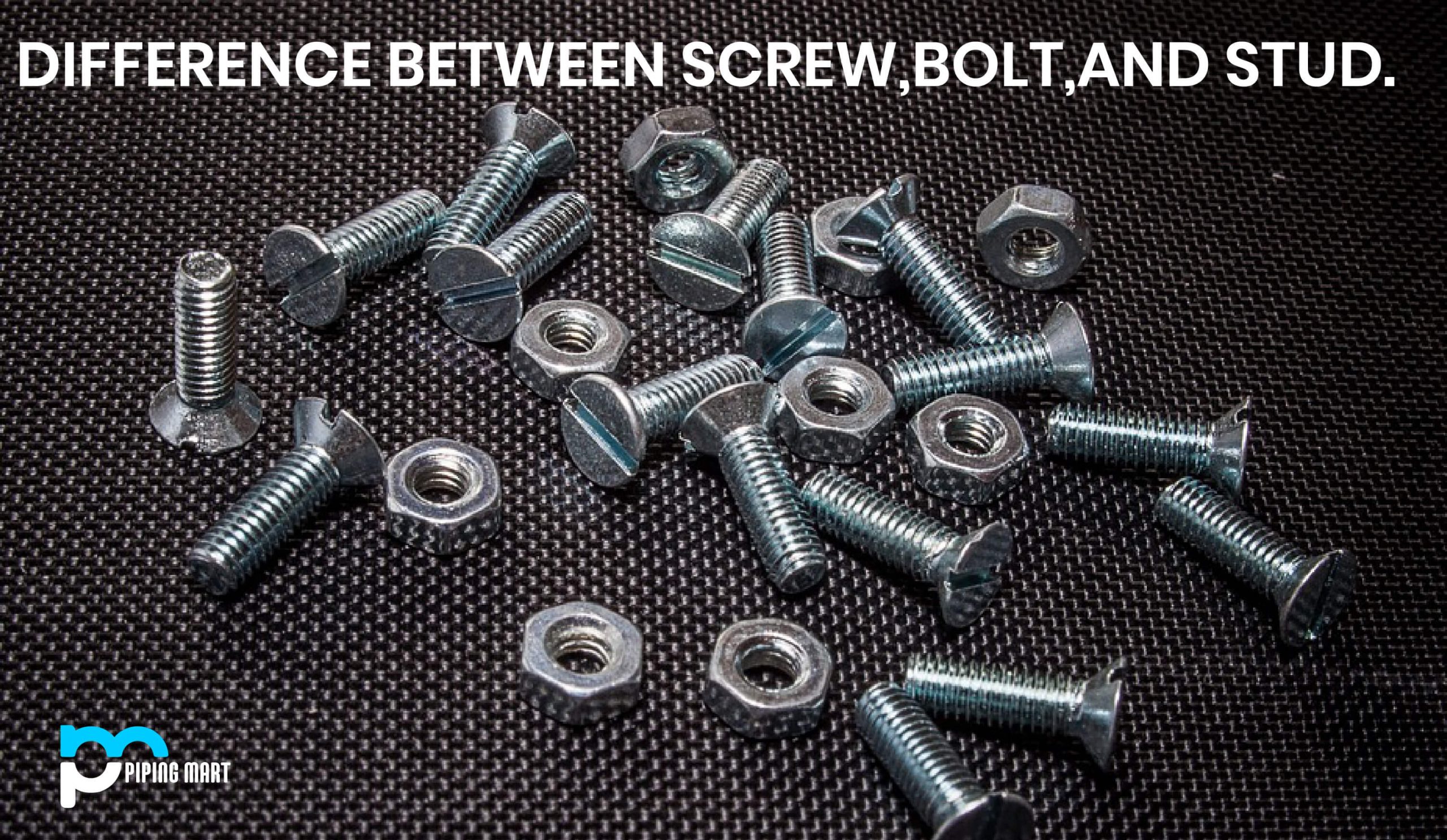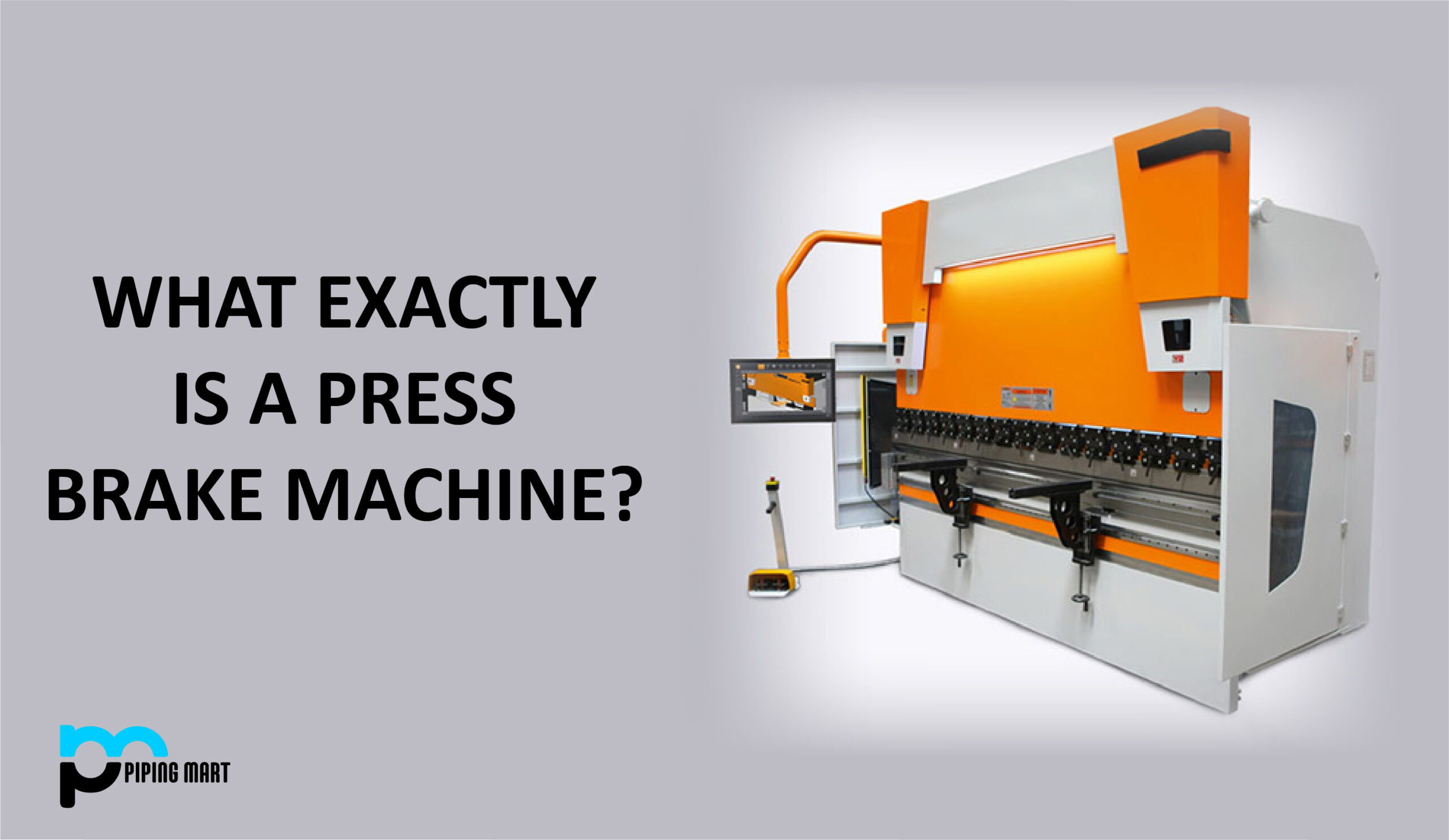The manual milling machine has been around for centuries and is still used today to produce precision parts. While a traditional CNC (computer numerical control) milling machine can produce higher quantities, more efficient results, and larger pieces than a manual milling machine, there are some advantages to using a manual model that make it beneficial in certain scenarios. Let’s break down the advantages and disadvantages of manual milling machines.
Advantages of Manual Milling Machine
One of the biggest advantages of a manual milling machine is its cost. As CNC technology has become more advanced, so have the costs for these machines. Manual machines are much less expensive than their computerized counterparts, making them an attractive option for those on a budget. In addition, manual machines are more portable and require less space than CNC models, which can be a major benefit in smaller shops with limited floor space.
Another advantage to using a manual machine is that they use fewer moving parts than CNC models. This means that there are fewer things to break or wear out over time, making them reliable and allowing for easier maintenance over the long run. Finally, as mentioned above, they can create intricate designs or one-off custom pieces due to their ability to adjust during operation by an experienced machinist manually.
User-Friendly
One of the biggest advantages of manual milling machines is that they are very user-friendly. The user can have prior experience or knowledge of operating the machine. All that is needed is a basic understanding of how the machine works and what its various parts do. Additionally, manual milling machines are typically much smaller and more lightweight than their CNC counterparts, making them easier to move and set up.
More Affordable
Another advantage of manual milling machines is that they are more affordable than CNC milling machines. CNC milling machines require special software and training, which can add to the overall cost. Manual milling machines, on the other hand, are relatively simple devices that anyone can learn to use without breaking the bank.
Greater Flexibility
Another advantage of manual milling machines is that they offer greater flexibility than CNC milling machines. With a CNC machine, the user is limited to the designs created with the machine’s software. On the other hand, manual milling machines can be used to create a wide variety of designs, limited only by the user’s imagination.
Easier to Repair
A CNC milling machine can be very difficult and expensive to repair if something goes wrong. This is different with manual milling machines, which are typically much simpler devices that can be easily repaired by anyone with a basic understanding of how they work. Additionally, parts for manual milling machines are usually much cheaper and easier to find than parts for CNC milling machines.
Less Likely to Break Down
Since manual milling machines are typically much simpler than CNC milling machines, they are also less likely to break down. Users can depend on them to work when needed without worrying about unexpected downtime due to a broken machine.
Disadvantages of Manual Milling Machine
The main disadvantage of manual machines is that they tend to be slower and less precise than their CNC counterparts because they rely on human input rather than computer programming. Additionally, when creating high volumes of parts or complex shapes with tight tolerances, CNC mills are far more effective at producing those types of results quickly and accurately. Finally, while they may be cheaper initially, they can require more maintenance over time due to wear from frequent use or from needing replacement parts when something breaks down unexpectedly.
Limited to Small Workpieces
One of the primary disadvantages of a manual milling machine is that it is limited to small workpieces. The largest workpiece that can be milled on a manual machine is typically 12 inches by 12 inches. This limitation is due to the size of the milling machine’s table and the power of the spindle motor.
Limited to Light-Duty Milling
Another disadvantage of a manual milling machine is that it is limited to light-duty milling. The spindle motor on a manual machine is less powerful than the spindle motor on an automatic machine, which means it cannot handle heavy-duty milling. Additionally, the table on a manual machine is less sturdy than an automatic machine, which can vibrate and cause inaccuracies when milling heavier workpieces.
Requires More Skill
Another disadvantage of a manual milling machine is that it requires more skill than an automatic machine. With an automated machine, the operator has to input the desired dimensions and let the machine do the rest. However, with a manual machine, the operator must understand how to use all the different controls to produce accurate results. Additionally, the operator must be able to make quick and accurate adjustments if something goes wrong.
More Expensive
One final disadvantage of a manual milling machines is that they are typically more expensive than their automatic counterparts. This is because they require more skill and are generally only used for small workpieces.
Conclusion:
While there are certainly some downsides to using a manual milling machine compared to a CNC version—such as decreased speed and accuracy—they can still be valuable tools in certain scenarios where cost is an issue or portability is necessary. For this reason, businesses need to consider both options before deciding which type of milling machine best suits their needs. In any case, it’s essential for those working with either machine to have extensive experience operating them safely and accurately to get the most out of each one!

A passionate metal industry expert and blogger. With over 5 years of experience in the field, Palak brings a wealth of knowledge and insight to her writing. Whether discussing the latest trends in the metal industry or sharing tips, she is dedicated to helping others succeed in the metal industry.




